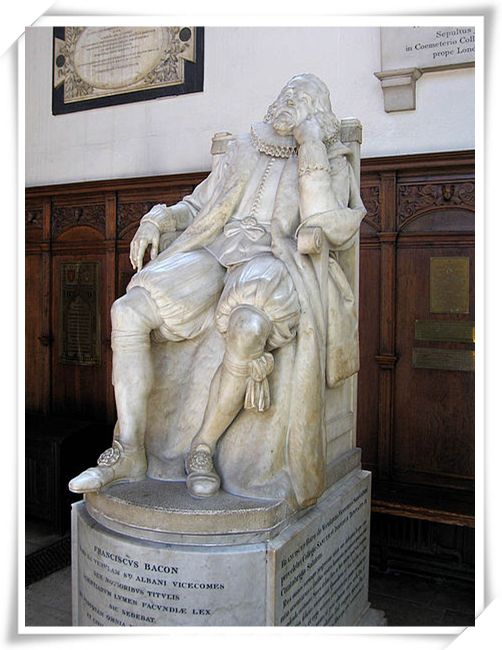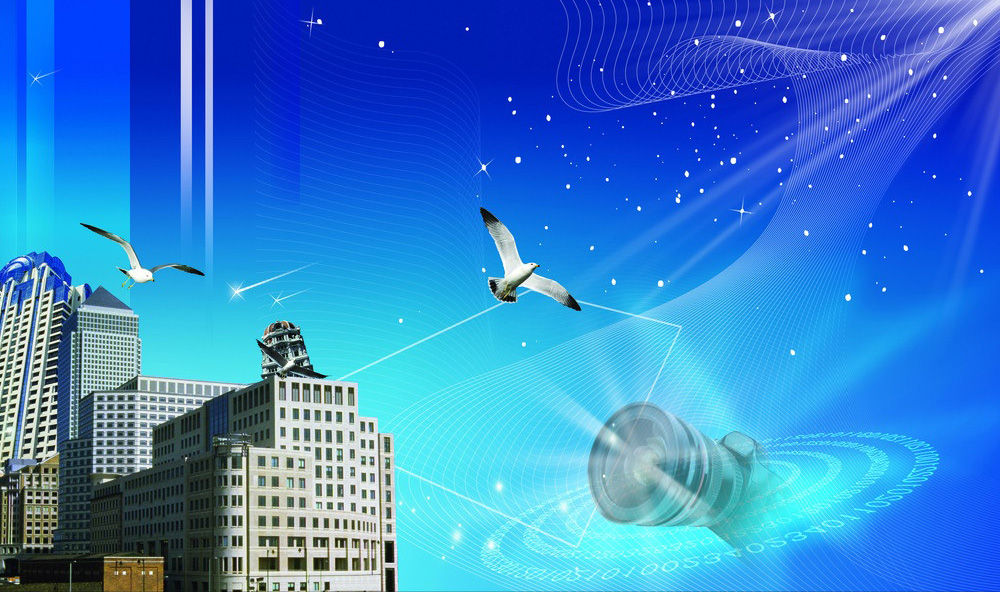 Memorial to Francis Bacon, in the chapel of TrinityCollege, Cambridge.
Memorial to Francis Bacon, in the chapel of TrinityCollege, Cambridge.
比弗兰西斯·培根早三百五十年的罗吉尔·培根认为错误的原因有四,即对权威的过度崇拜、习惯、偏见与对知识的自负。在《新工具》中弗兰西斯·培根提出了阻碍人类头脑认知的四偶像说:
•Idols of the Tribe which are common to the race;
“Idols of the Tribe are rooted in human nature itself and in the very tribe or race of men. For people falsely claim that human sense is the measure of things, where as in fact all perceptions of sense and mind are built to the scale of man and not the universe.”An example might be the common historical astronomical assumption that planets move in perfect circles.
•Idols of the Cave/Den which are peculiar to the individual;
This idol stems from the particular life experiences of the individual. Variable educations can lead the individual to a preference for specific concepts or methods, which then corrupt their subsequent philosophies. Bacon himself gives the example of Aristotle, “who made his natural philosophy a mere slave to his logic.”
•Idols of the Market which comes from the misuse of language;
Because humans reason through the use of words, they are particularly dangerous because the received definitions of words, which are often falsely derived, can cause confusion. He outlines two subsets of this kind of idol:First, there are those words which spring from fallacious theories, such as the element of fire or the concept of a first mover.Second, there are those words that are the result of imprecise abstraction. Earth, for example, is a vague term that may include different substances.
•Idols of the Theatre which result from an abuse of authority.
These idols manifest in the unwise acceptance of certain philosophical dogmas,namely Aristotle's sophistical natural philosophy which was corrupt by his passion for logic, and Plato's superstitious philosophy, which relied too heavily on the ological principles.
In Bacon's Idols are found his most critical examination of man-made impediments which mislead the mind's objective reasoning.You have to acquire the mind. The mind is the problem, experience is the solution.


